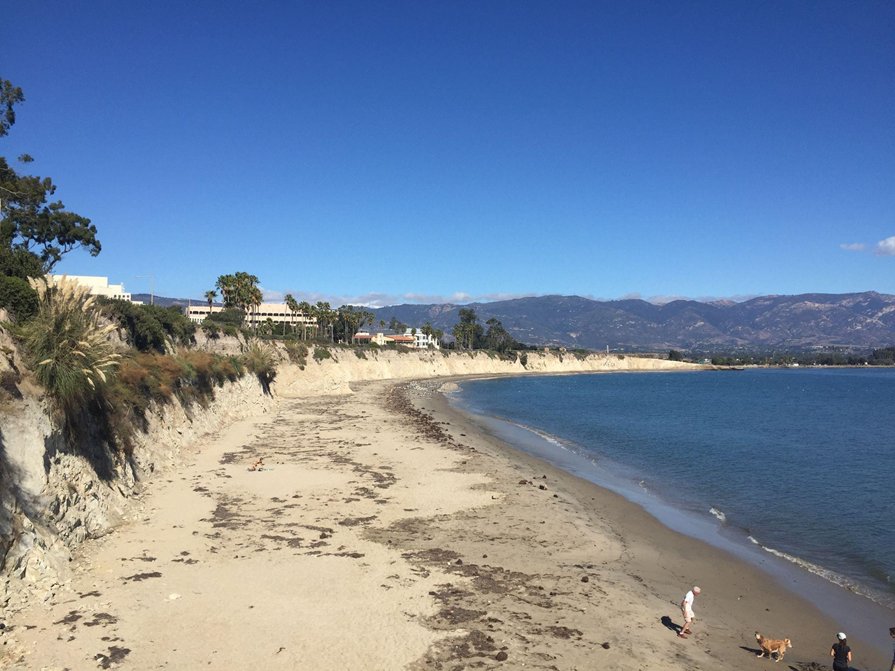Coastal communities face increased flooding, storms, erosion, and other natural hazards worsened by climate change. Impacts from these events are felt differently across the nation and some communities are more at risk than others. Through our Community Risk Assessment Portfolio, we serve one community or region each year by spatially assessing their risk to natural hazards.
Why We Care
Many of our nation’s coastal communities have limited economic resources, and are exposed to natural hazards. Some communities have had fewer opportunities to prepare for hazardous events. This underscores the need for services supporting adaptation, emergency response, and recovery planning. While there are national tools that screen for at-risk populations, they often do not provide place-based information at a scale or resolution meaningful for local action.

What We Are Doing
Through our Community Risk Assessment Portfolio, we serve one community or region each year and work with local partners and their stakeholders to assess community climate risk. Working with partners directly ensures that results are locally tailored and relevant for effective planning. This work provides information to better protect, advance, and manage climate change impacts within local communities. Our assessments identify the co-occurrence of hazard exposure with socioeconomic, structural, and geographic vulnerability.
How We Identify Where to Provide Services
The team begins one new assessment each year. NCCOS has developed and deployed an intentional approach for identifying communities in greatest need of our services. We organize U.S. coastal counties by region, and then identify potential client communities that have high research needs, partner availability, stakeholder support, and capacity for action. This ensures that our services are reaching those are most at risk.
Our Approach to Research
At NCCOS, we define vulnerability as “the propensity or predisposition of assets to be adversely affected by hazards.” All assessments include the following steps:
-
- Partner engagement
- Indicator development
- Vulnerability and hazard assessment
- Risk assessment
- Place-based analysis
- Product development and release
We provide information to municipal, regional, and federal government agencies and their stakeholders that helps communities better protect themselves. Our tailored geospatial data and products can be used in climate adaptation, resilience, emergency response, and other types of planning at multiple scales. All assessments work with a project advisory committee and often stakeholder workshops to identify and produce maps of:
-
- Demographic analysis
- Vulnerability of critical infrastructure (e.g., hospitals, schools)
- Flood hazard(s) of local importance (e.g., coastal flooding, stormwater flooding)
- At-risk communities or community assets in relation to natural hazards
In addition to providing the above information, local needs and research questions often require additional analysis. Within team capacity and data availability, each assessment will also include up to two place-based analysis types that align with local context and need. All findings are made publicly available by releasing an assessment report, mapbook, spatial dataset, one communications item (e.g., infographic, one-pager, storymap), and one plain language webpage summarizing the project. These communications products and plain language webpages are linked at the bottom of this portfolio page.

